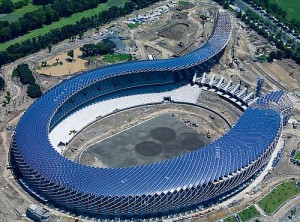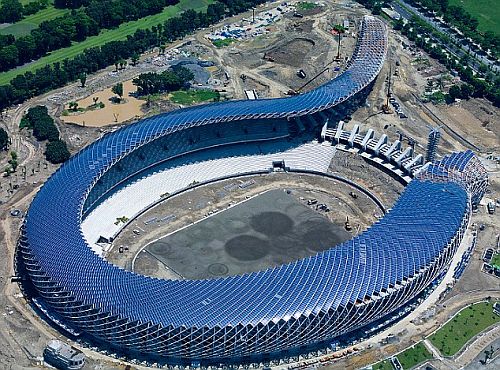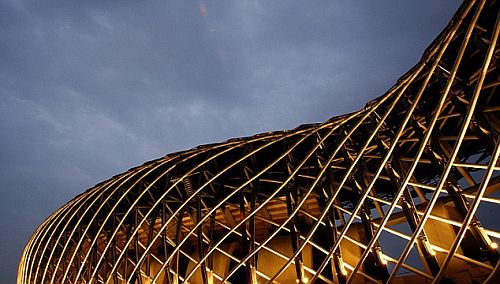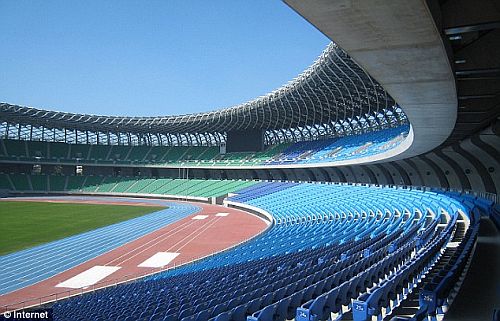In 2010 Taiwan’s annual production of solar cells grew by 118 percent, reaching a capacity of 27.2 gigawatts, while combined solar cell shipments by China and Taiwan accounted for 62.2 percent of global exports of solar cells, making Asia the world’s leading region for solar cell exports.
Taiwan’s solar industry is equipped with world-class manufacturing capability, excellent industry infrastructure and a strong research and development base, Taiwan’s Central News Agency reported.
Examples of Taiwan’s preeminence in the field abound. Taiwan-based solar wafer firm Eversol announced a one-year agreement to supply 58 million units to a single customer, around 60 percent of Eversol’s total production capacity. Eversol currently has total capacity of 380 megawatts and expects to up production to 500 megawatts soon.
 Follow
Follow


